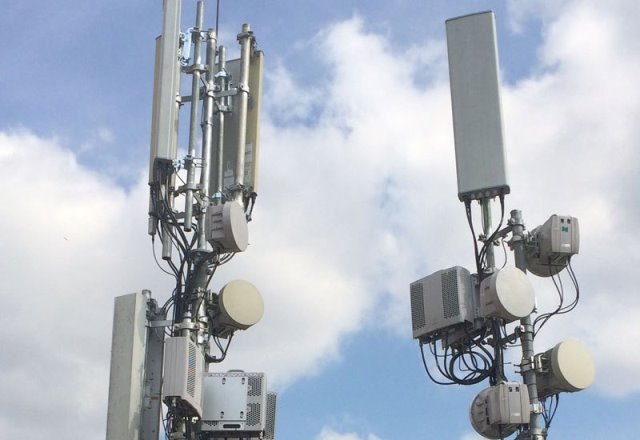Revenue for telecom network functions virtualization (NFV) software will grow from $7.5 billion in 2020 to just over $29 billion in 2025, IDC forecasts.

NFV software includes virtual network functions (VNFs), network functions virtualization infrastructure (NFVI), and cloud-native network functions (CNFs).
Communications service providers (SPs) deploy VNFs as an adjunct to legacy physical network functions. The broader industry witnessed early instances of CNFs deployed in containers, primarily tied to the standalone 5G core as part of mobile network upgrades, giving rise to telco cloud infrastructure.
IDC does not expect material uptake for CNFs across communication SPs (wireless and wireline) until the latter part of the forecast.
While the VNF/CNF and NFVI markets have generally underperformed against expectations thus far, 5G network rollouts will positively impact uptake, particularly across the latter portion of the forecast. Virtualization is incrementally seeing uptake across the core transport network, mobile backhaul, access network (cable and PON) and virtual CPE markets, particularly as multi-access edge computing (MEC) initiatives take hold.
Communications SPs continue to gradually embrace network virtualization technologies driven by the lower cost of ownership and elastic scaling of the network, said Ajeet Das, research director, Carrier Network Infrastructure research at IDC.
Cloud-native network functions are slowly being deployed alongside virtual network functions across cloud-based digital infrastructure so that the customer-centric services can be scaled, updated, and orchestrated easily, not only at the core but also at the edge of the network, Ajeet Das said.
